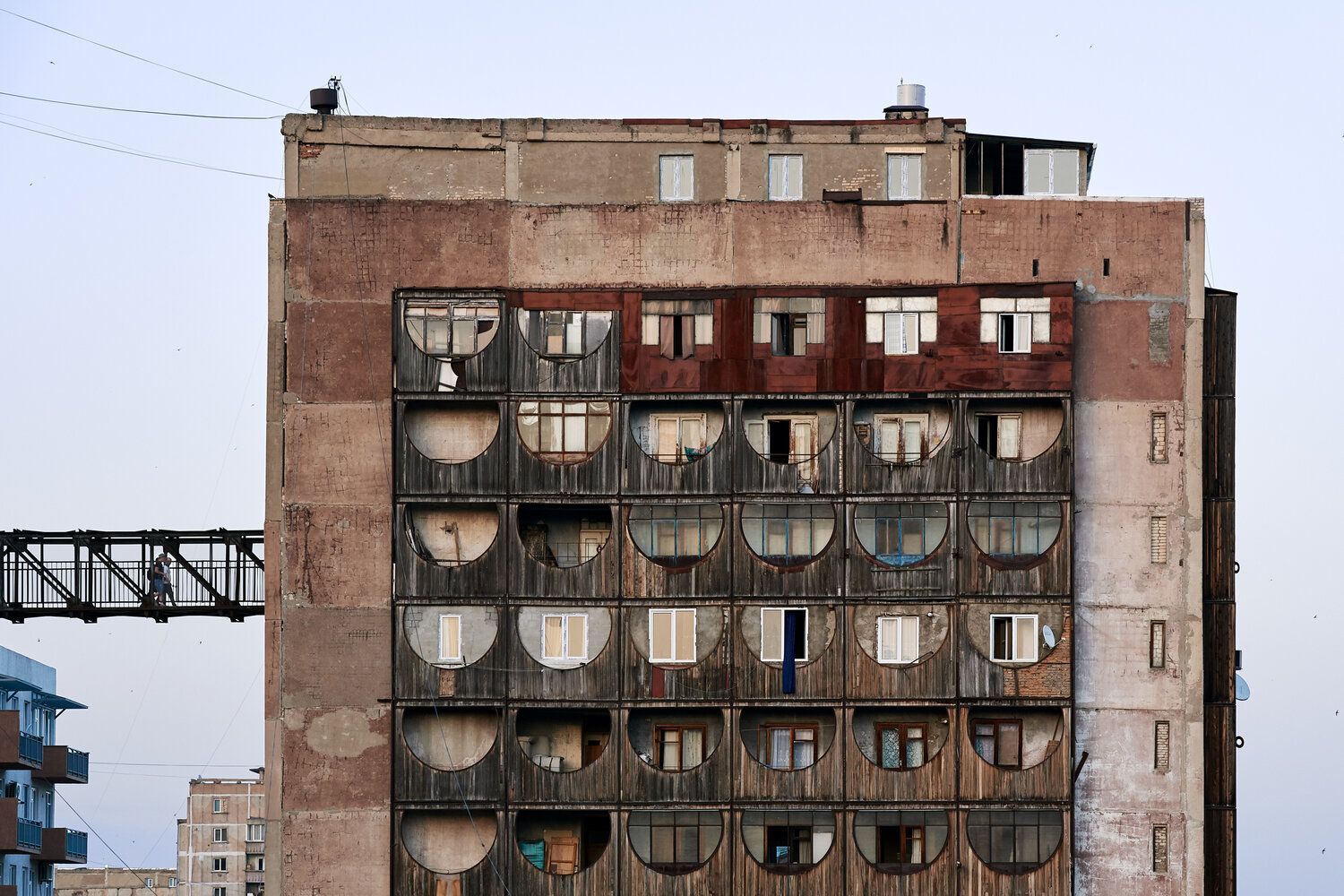Brutalism’s renaissance characterizes the last decade despite it still being considered the most controversial architectural style. We wander on Tbilisi’s streets in today’s article to discover modernist buildings.
Georgia’s capital is one of the major centers of Soviet modernist architecture, but hundreds of thousands of tourists visit the city every year also to visit its historic old town. Although Brutalism emerged in England during the 1950s, many people associate it with the Soviet Union, perhaps because the post-communist countries’ townscape is typically dominated by monumental, raw concrete buildings.
Today and the postmodern era are equally characterized by obscurity, the denial of grand narratives, and pluralism. In contrast, the watchwords of modernity have been transparency, understandability, and universal truth, in which Brutalism fits perfectly. A radical shift after the period characterized by rich ornamentation, it broke with everything that did not serve a function. Its motto is raw honesty.
Former Ministry of Automobile Roads | G. Chakhava és Z. Jalaghania, 1976
This building is probably the city's best-known example of Brutalist architecture, currently the Bank of Georgia's headquarters. The building is reminiscent of the Tetris game, with its protruding consoles overlooking the Kura River.
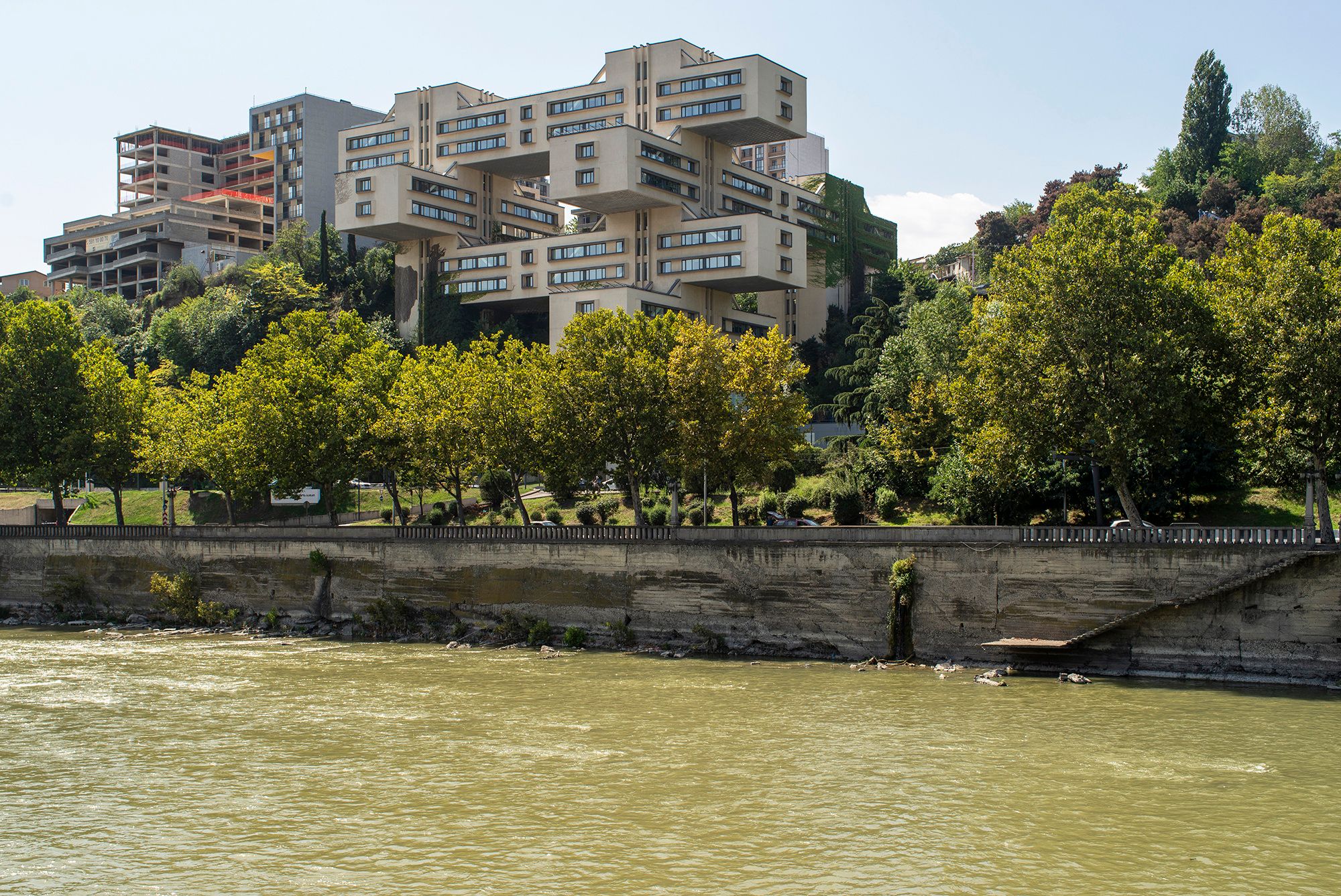
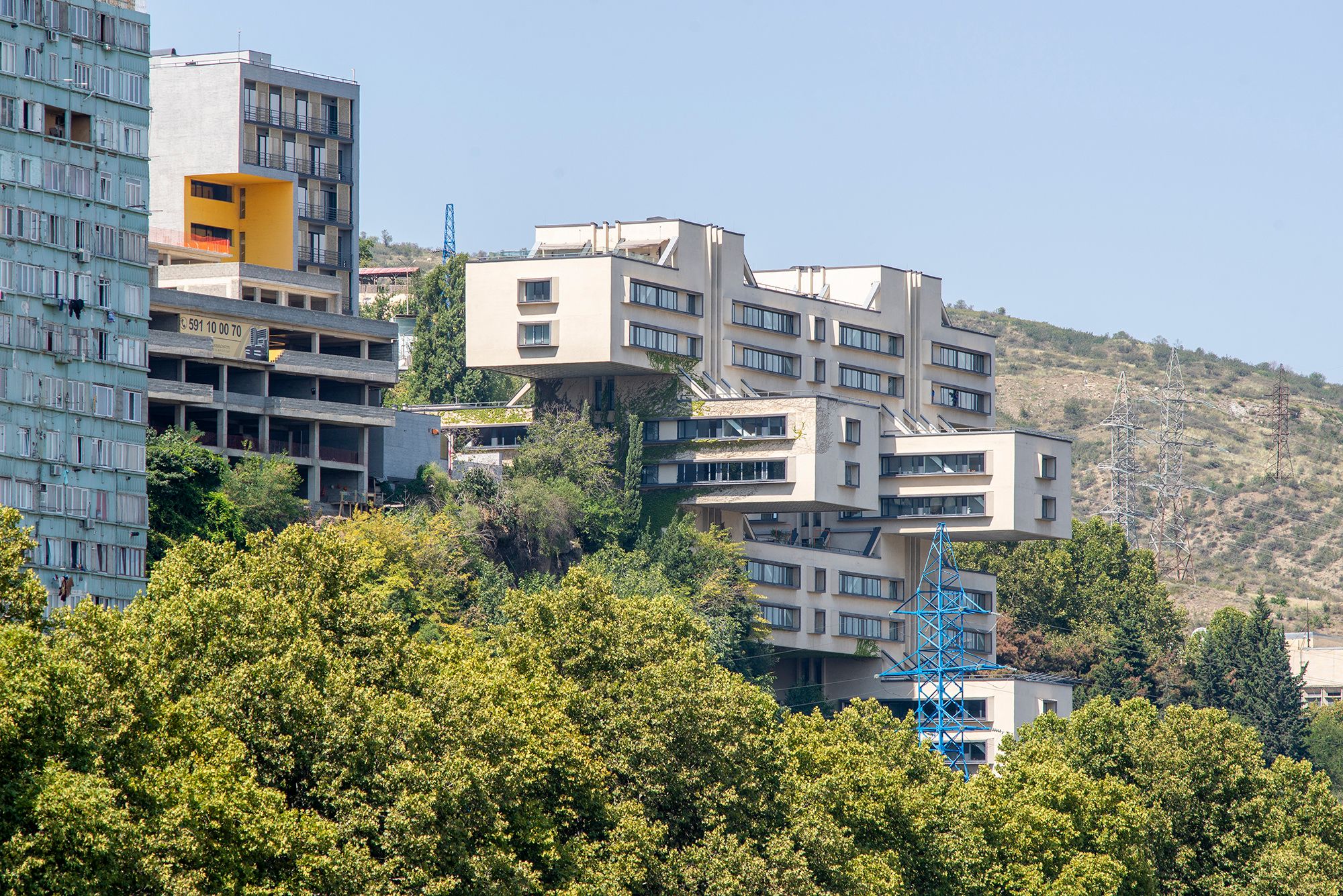
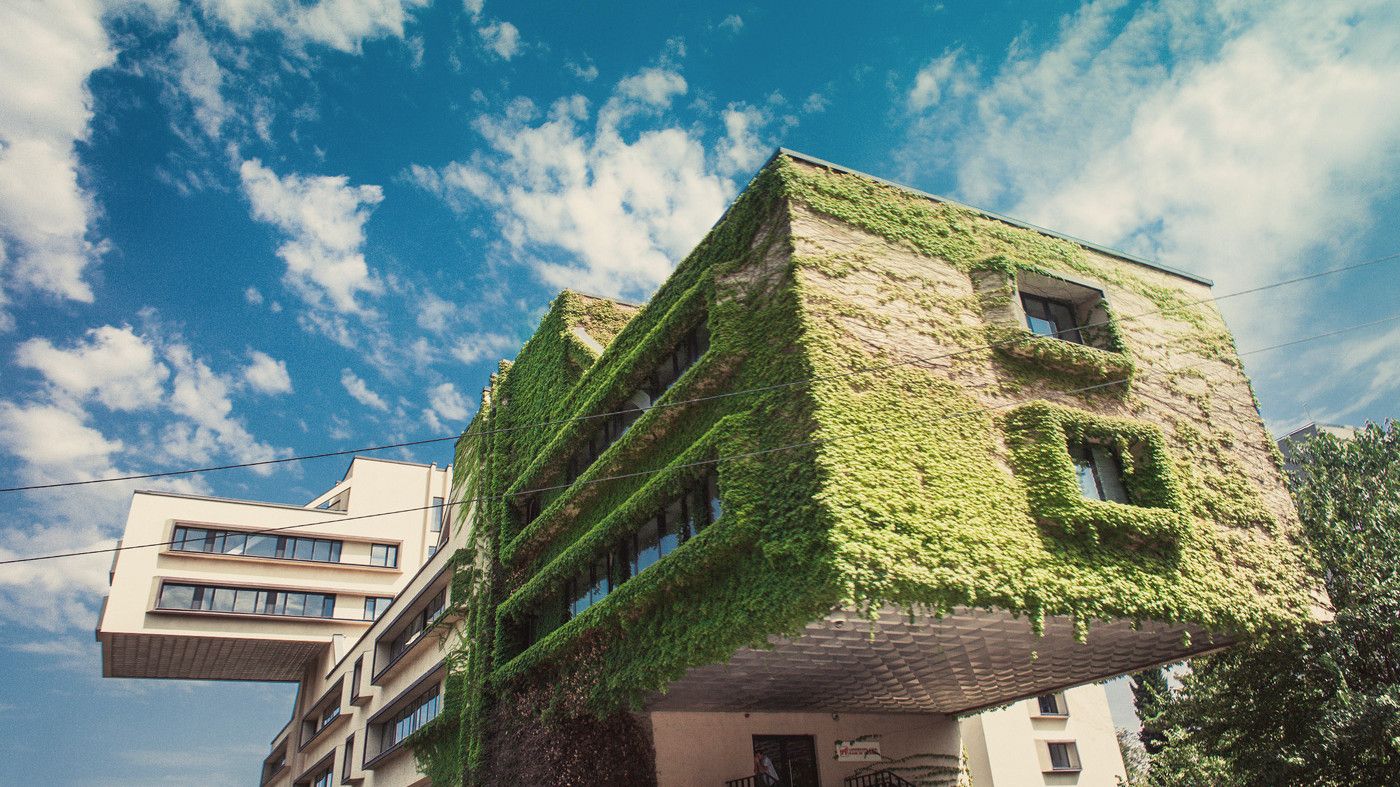
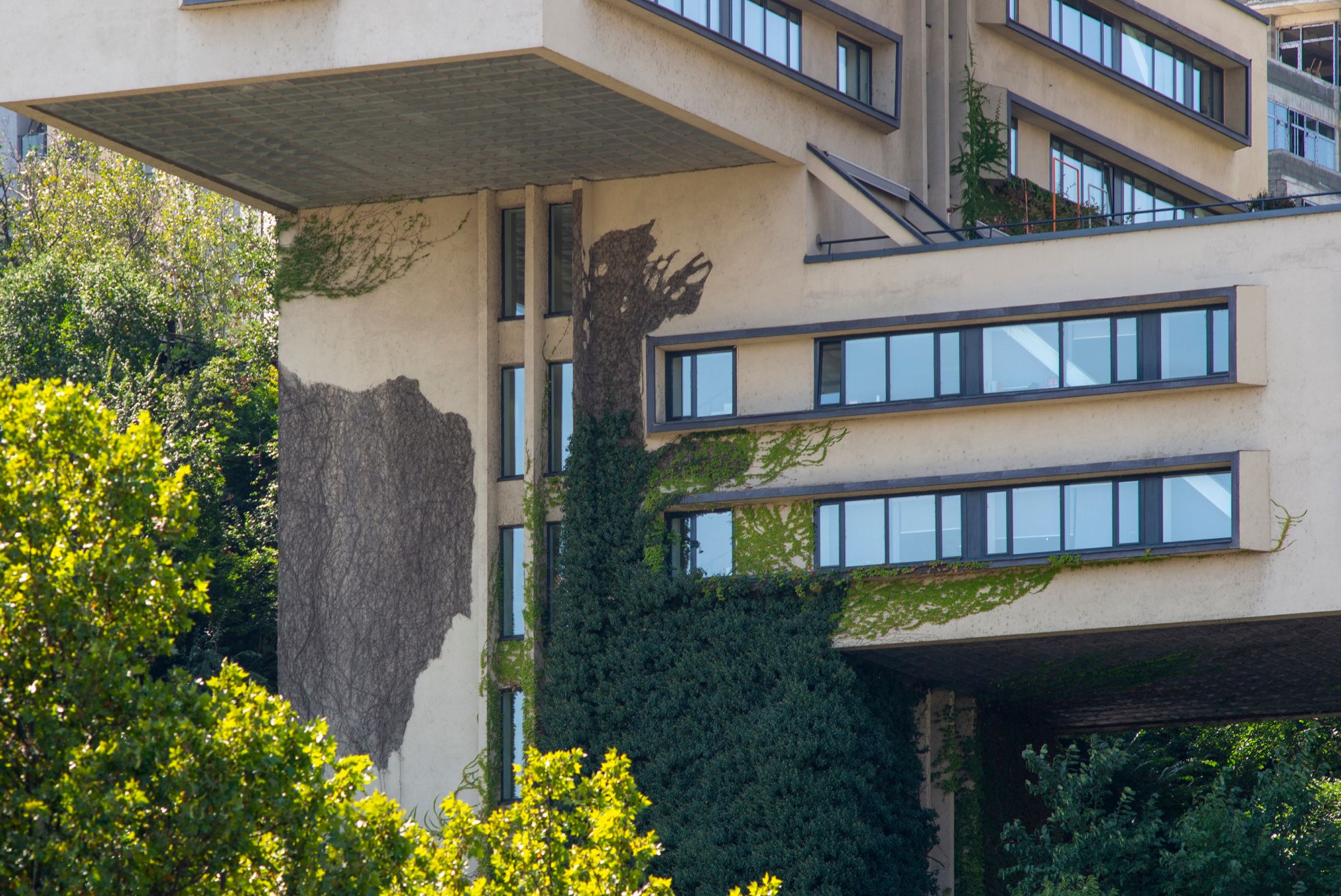
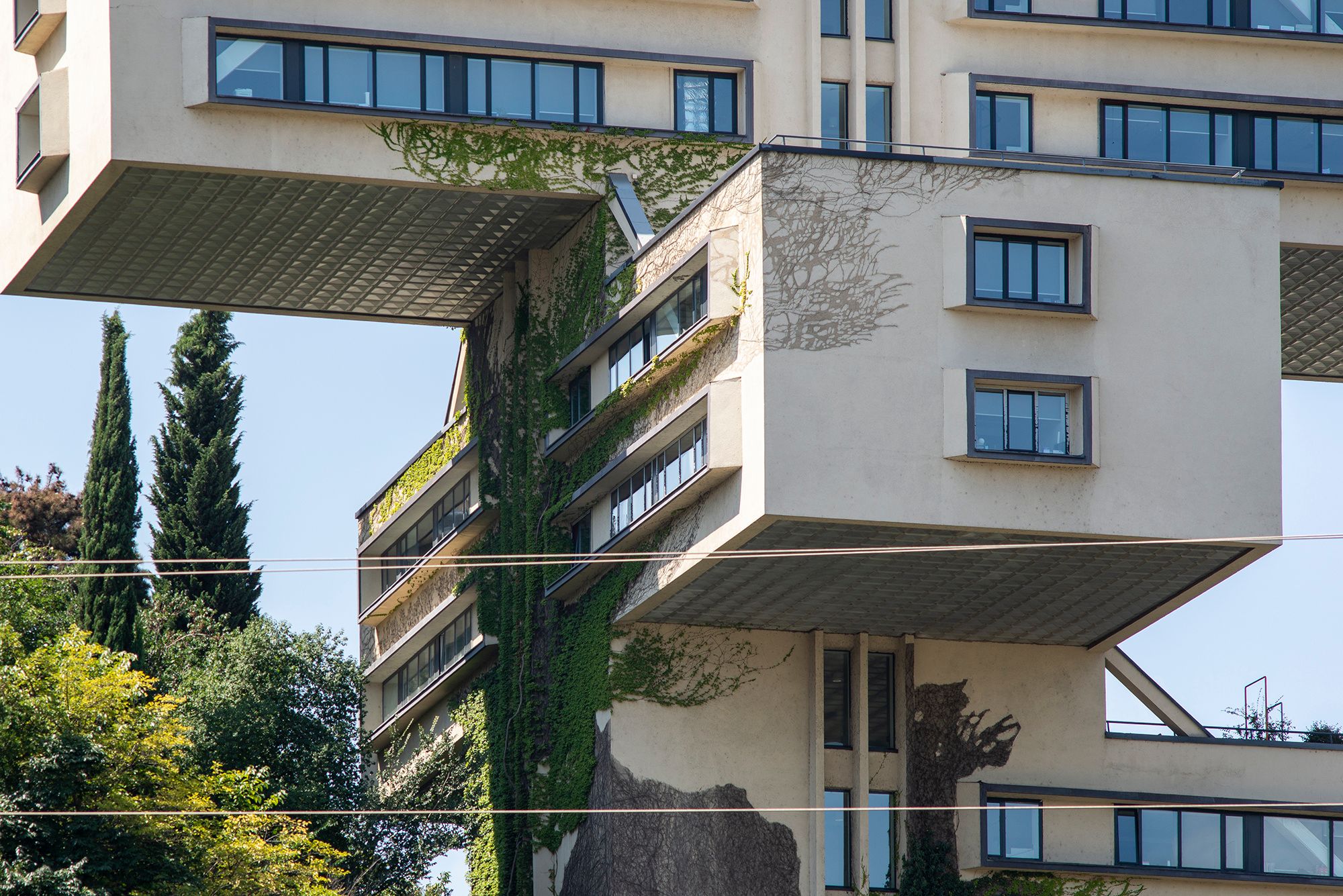
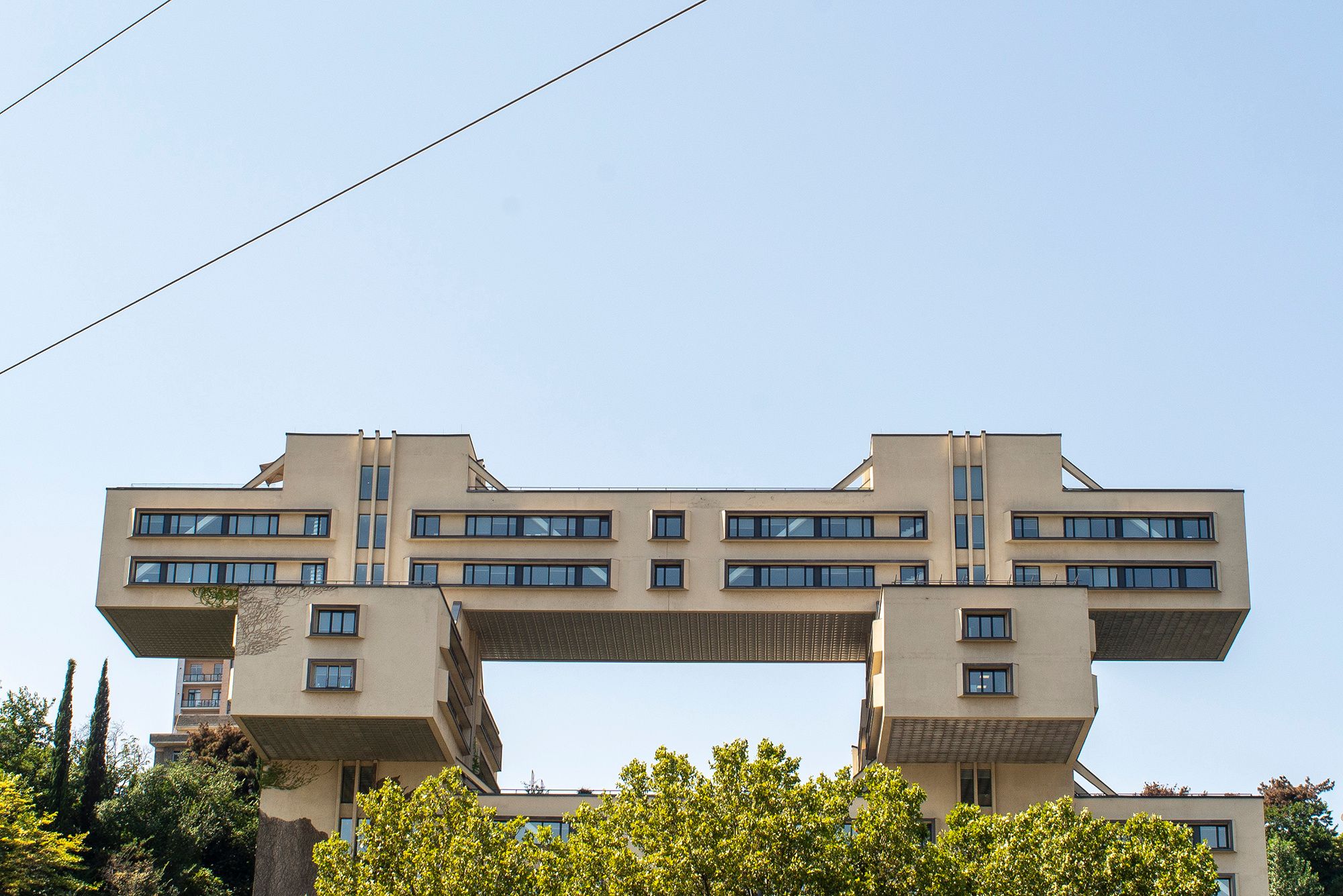
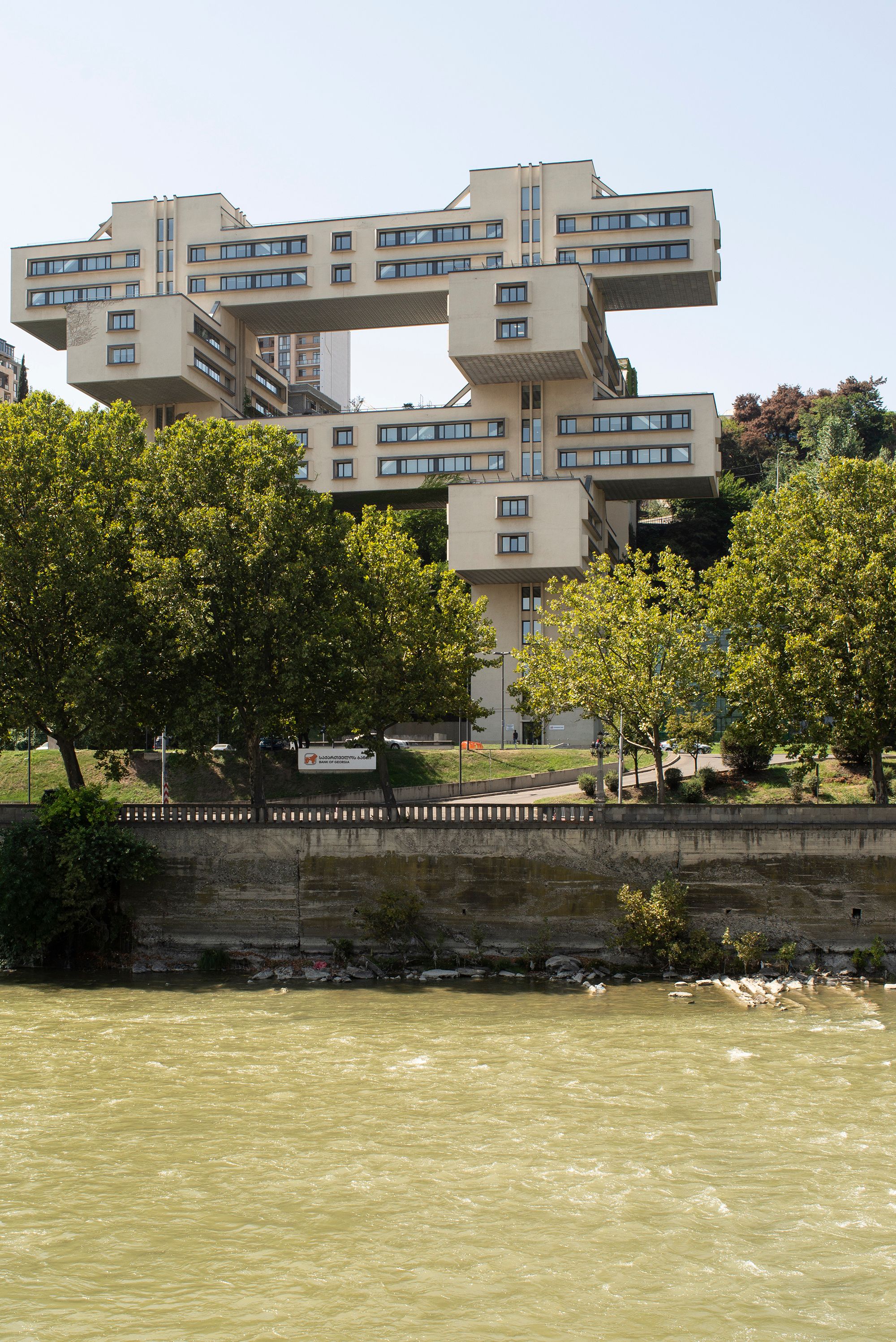
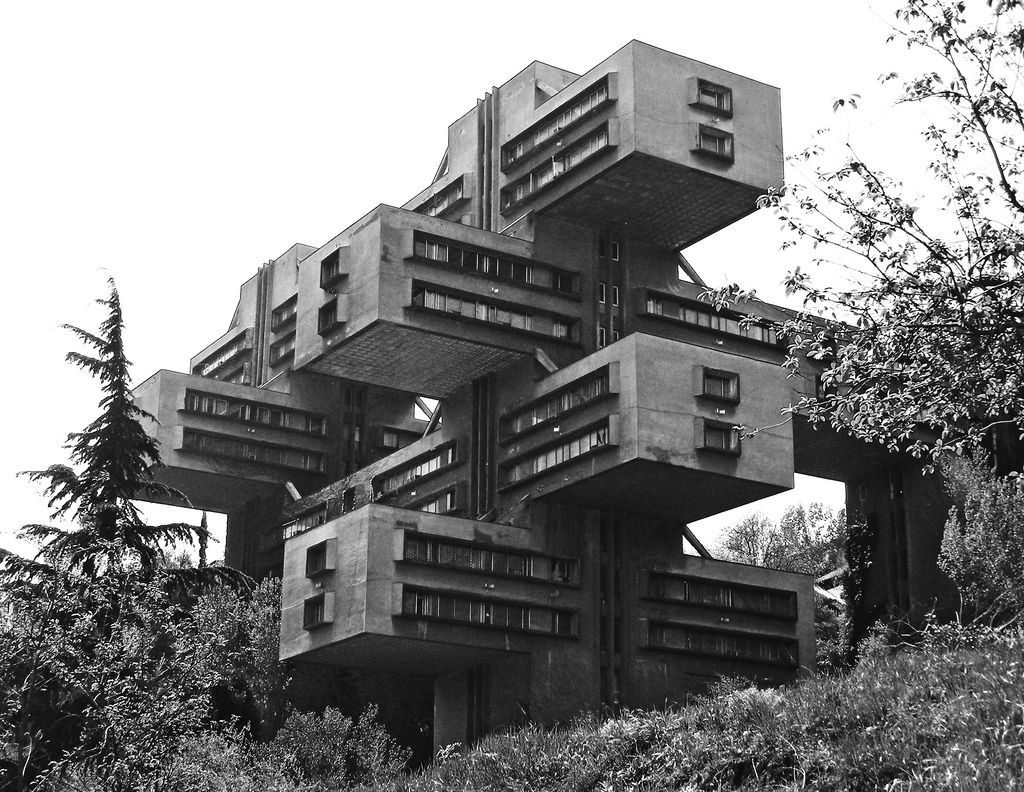
Palace of Rituals | V. Jorbenadze és V. Orbeladze, 1984
As its name suggests, the palace is primarily a wedding venue, for which the designers have combined traditional religious elements with Brutalist features. It is interesting to note that the building's layout and overall appearance conceal many erotic symbols.
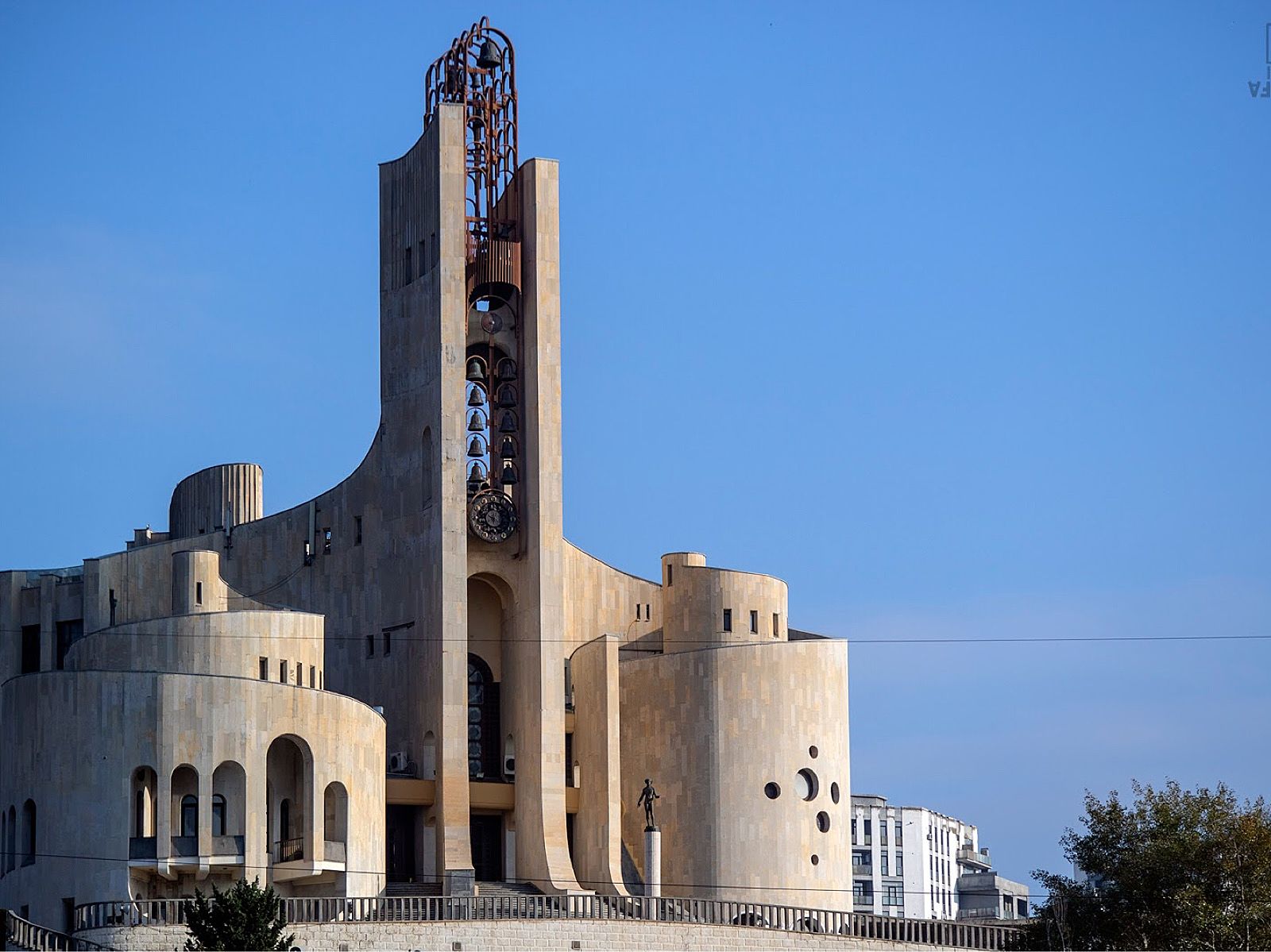
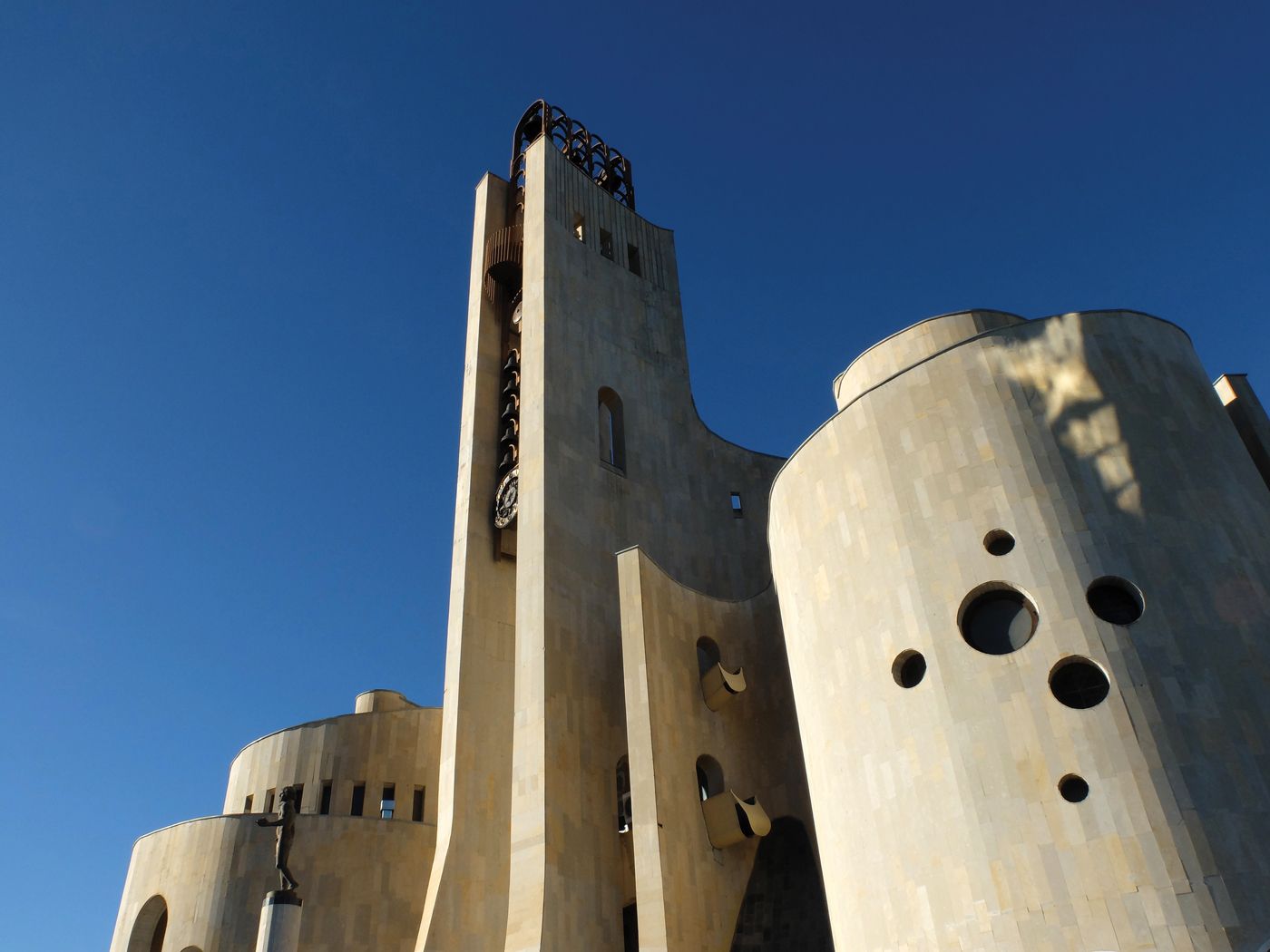
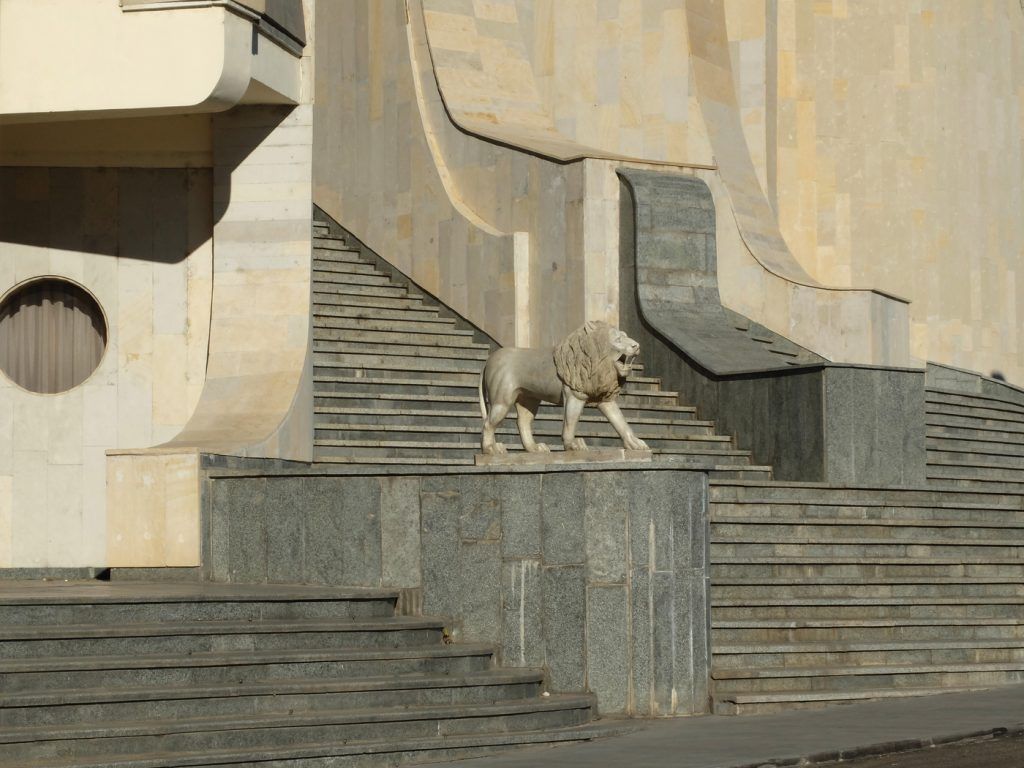

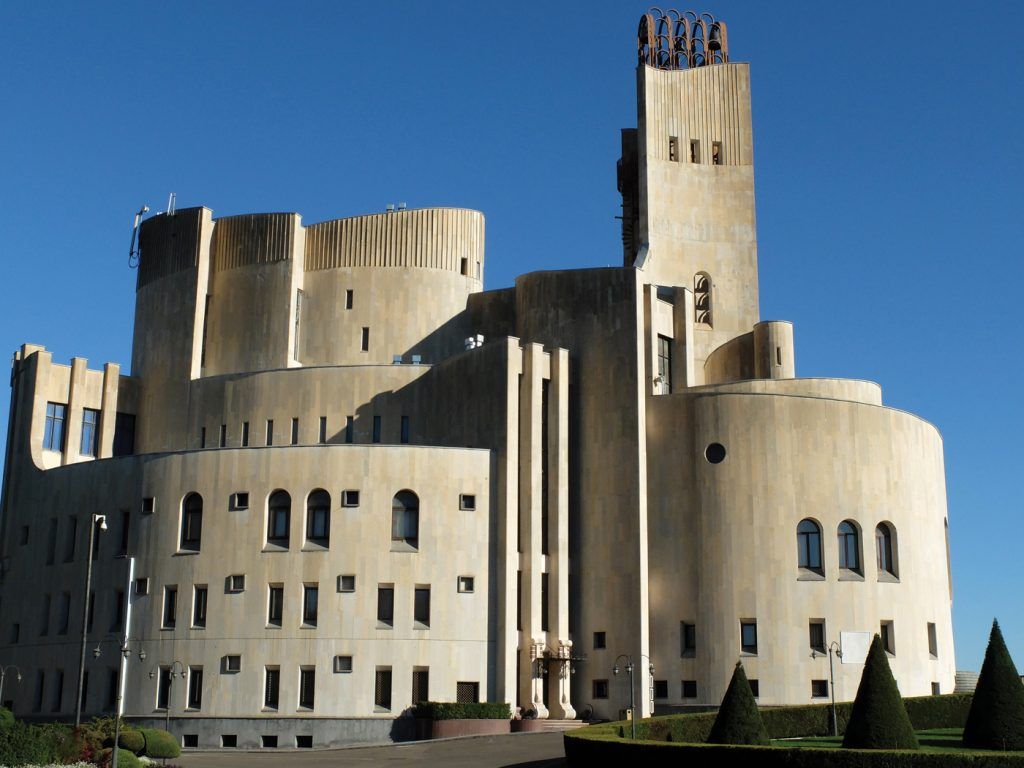
Former Archeology Museum | Sh. Kavlashvili és Sh. Gvanceladze, 1988
This building is a unique mix of modernism and traditional Georgian architecture. The museum's collection spanned 6,000 years of heritage in its heyday, but unfortunately, it is no longer open to the public; it can only be viewed from the outside.
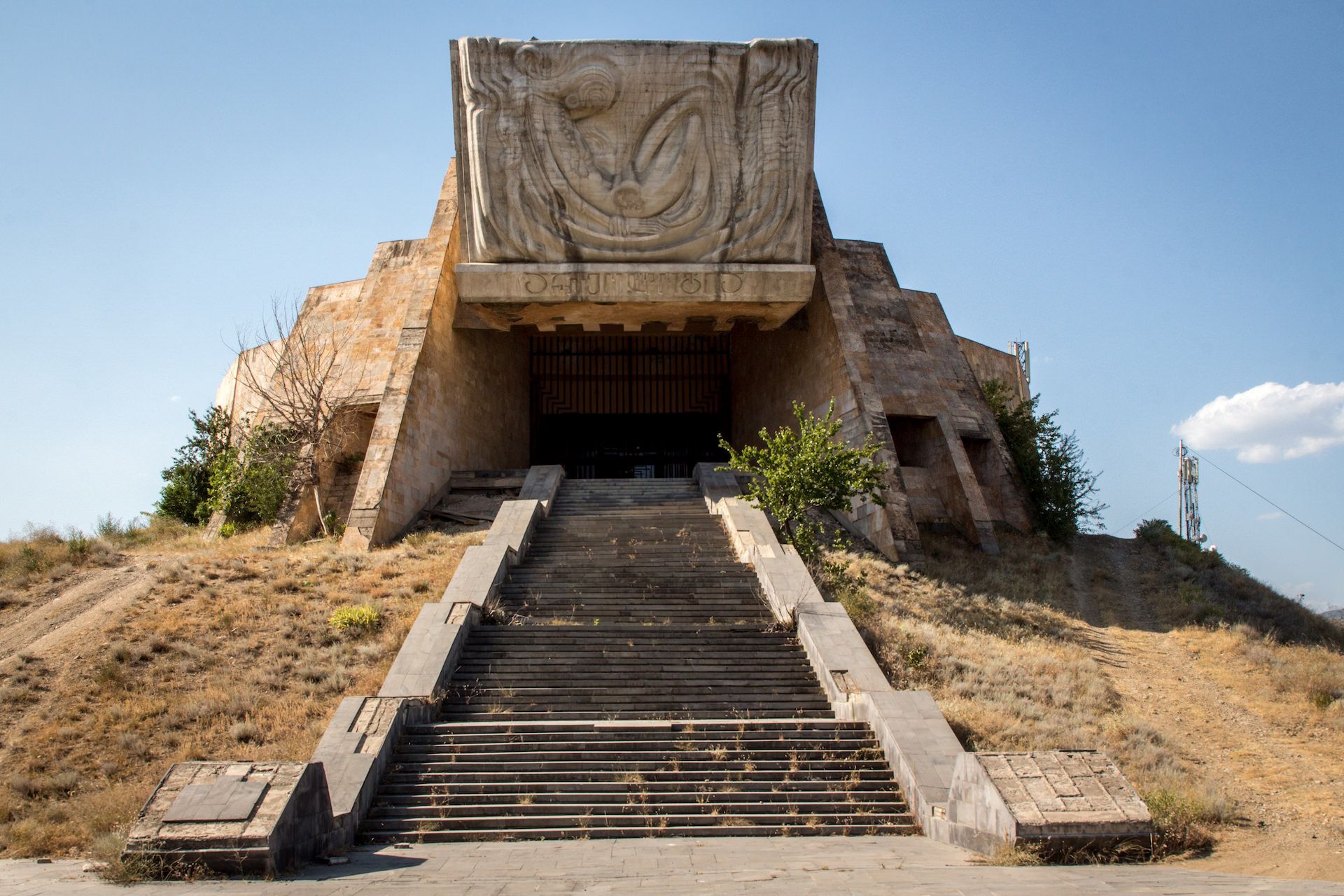
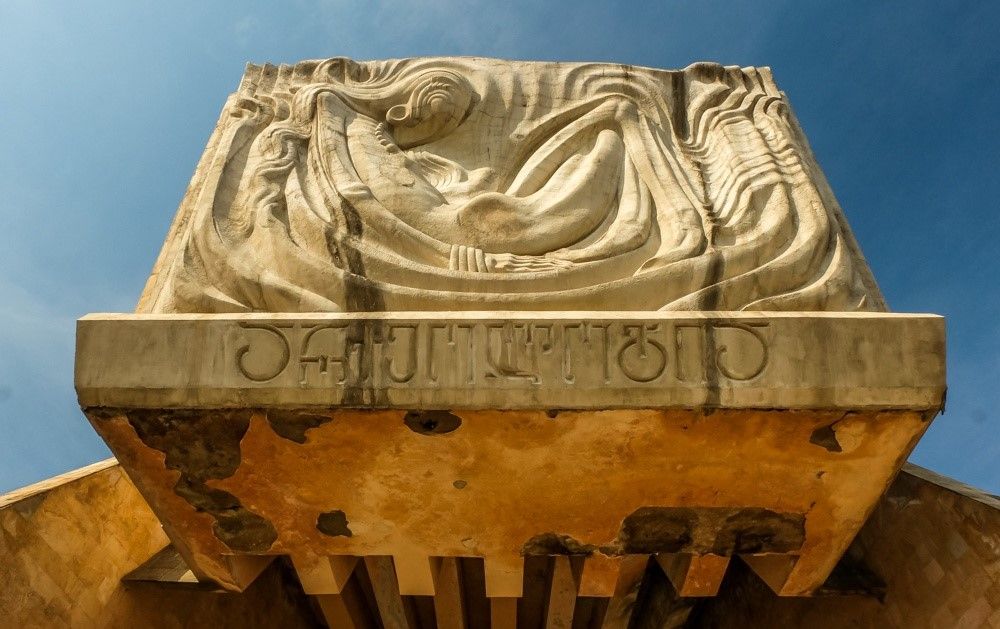
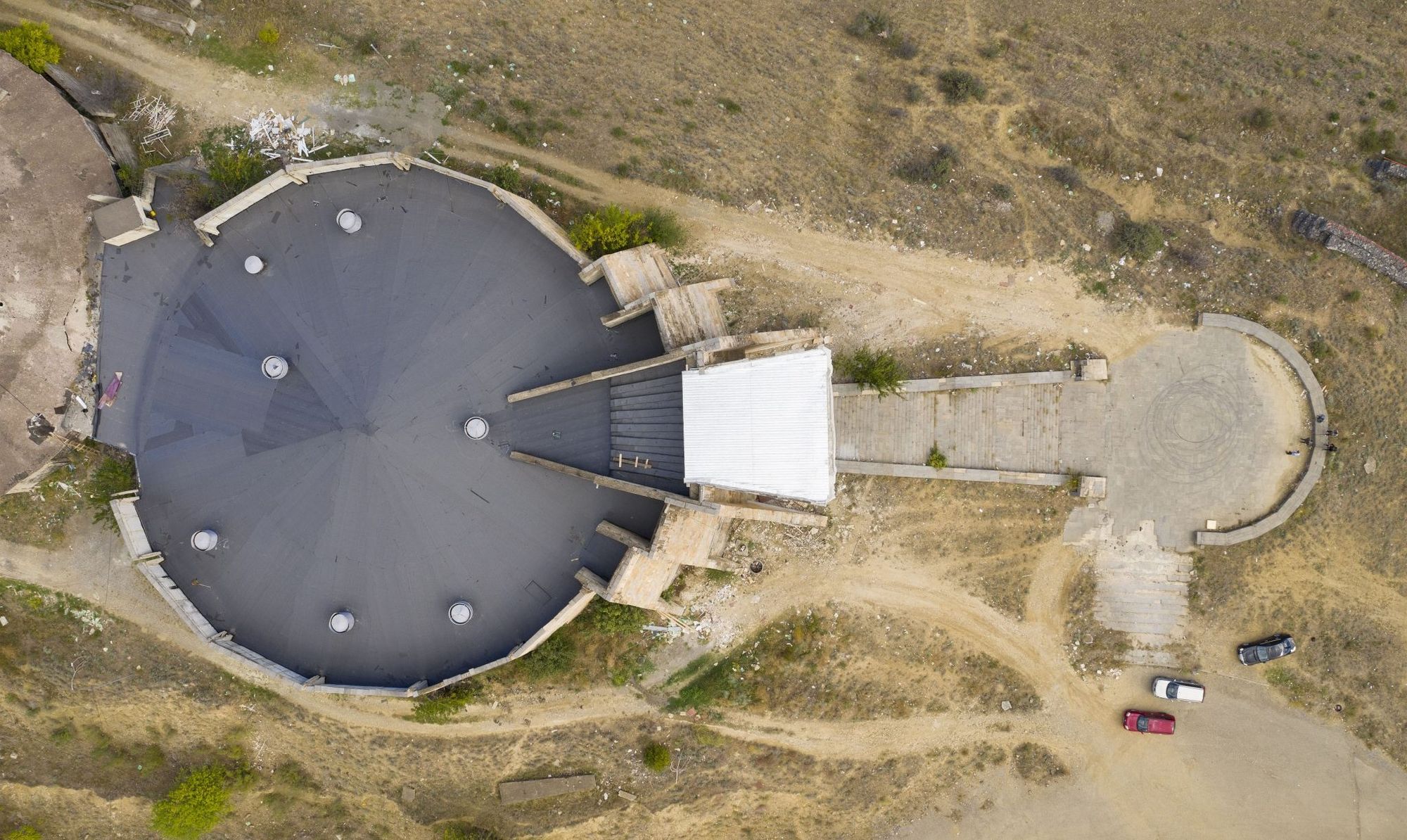
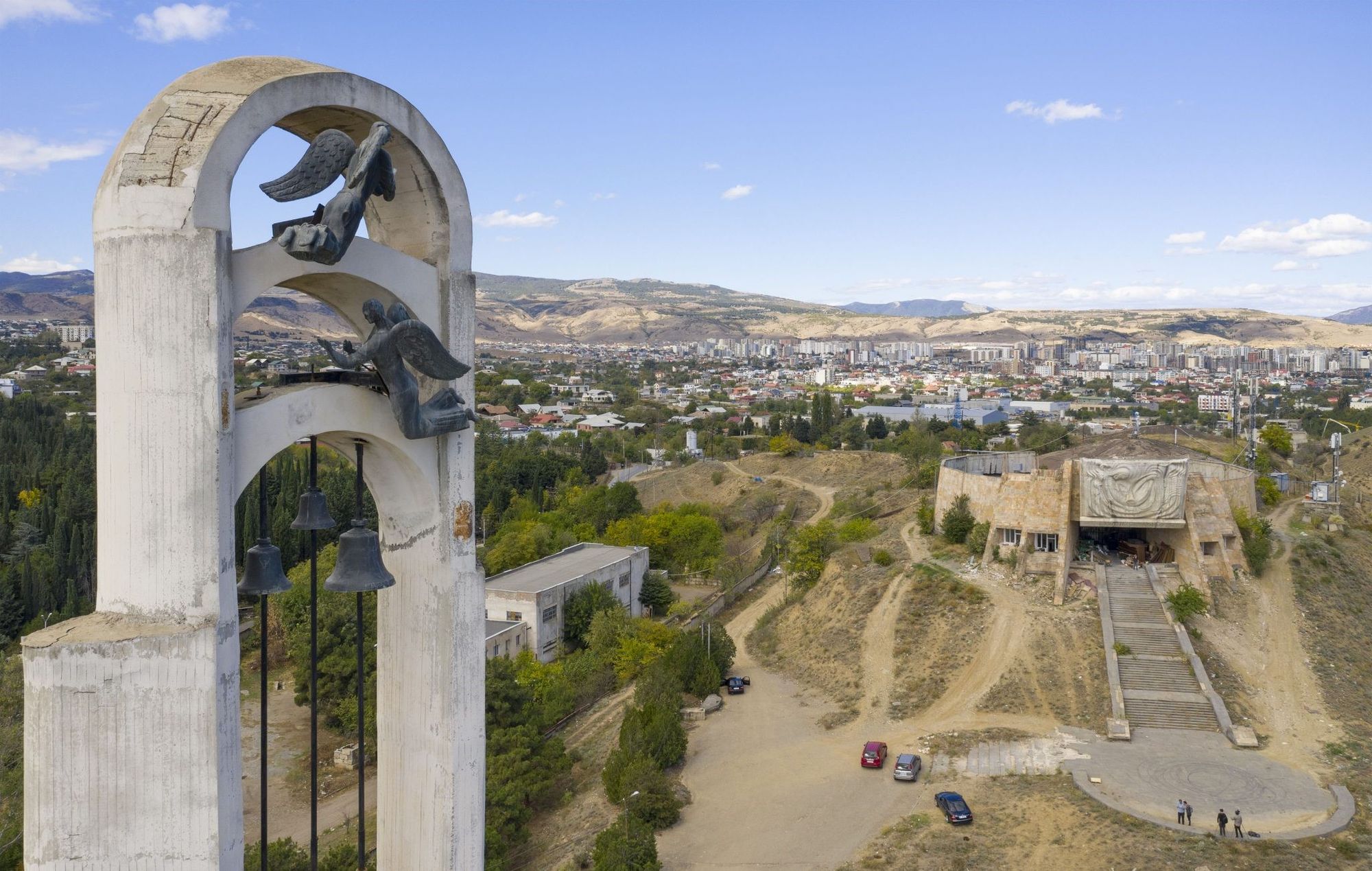
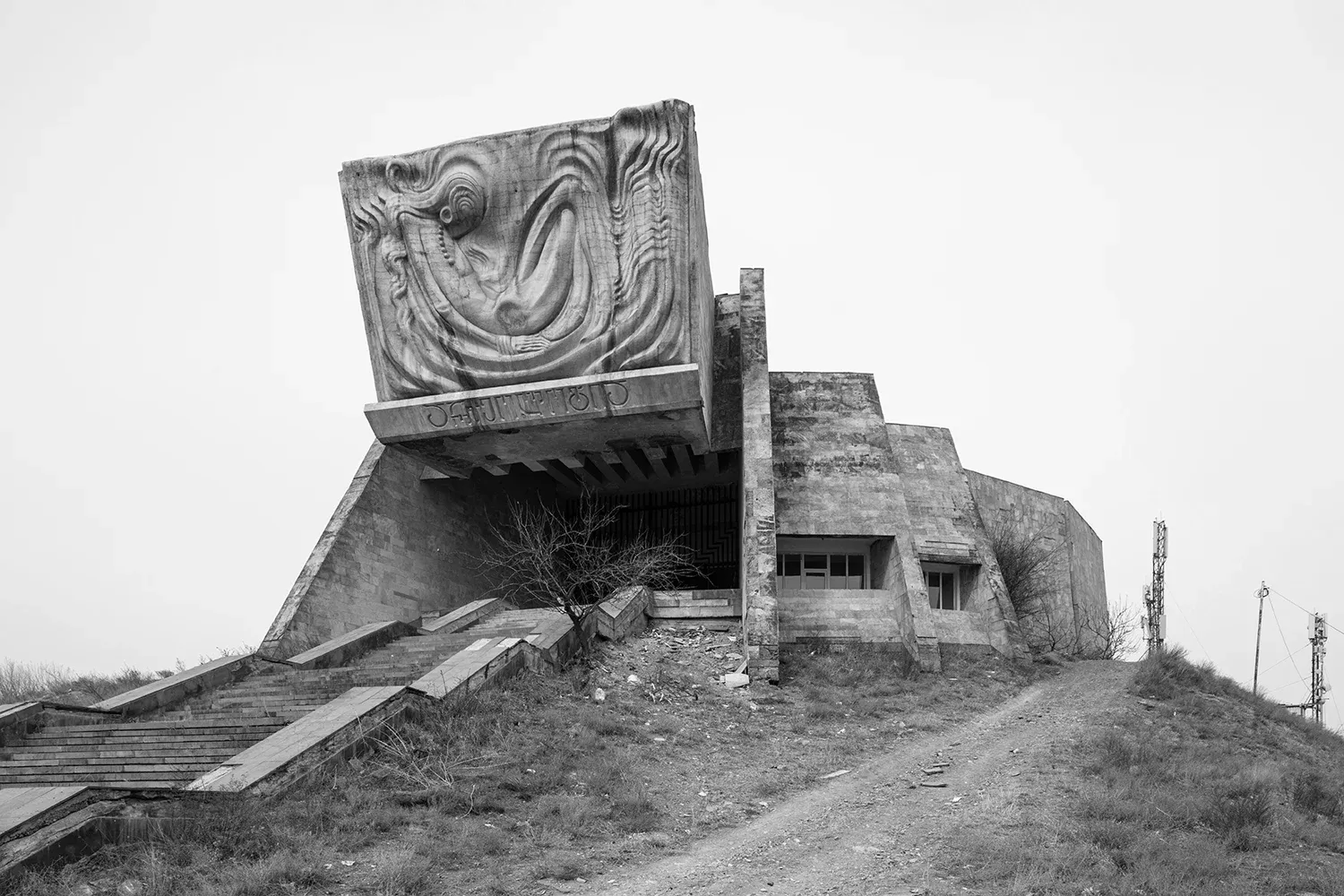
Nutsubidze Plato (Tbilisi skybridge) | O. Kalandarishvili and G. Potskhisvili, 1976
The three buildings are mostly famous for the sky bridge that connects them and has become a place of pilgrimage for Brutalism fanatics in recent years. But making it a tourist attraction was not the architects’ intention at all, even more so, as the buildings are still inhabited to this day.
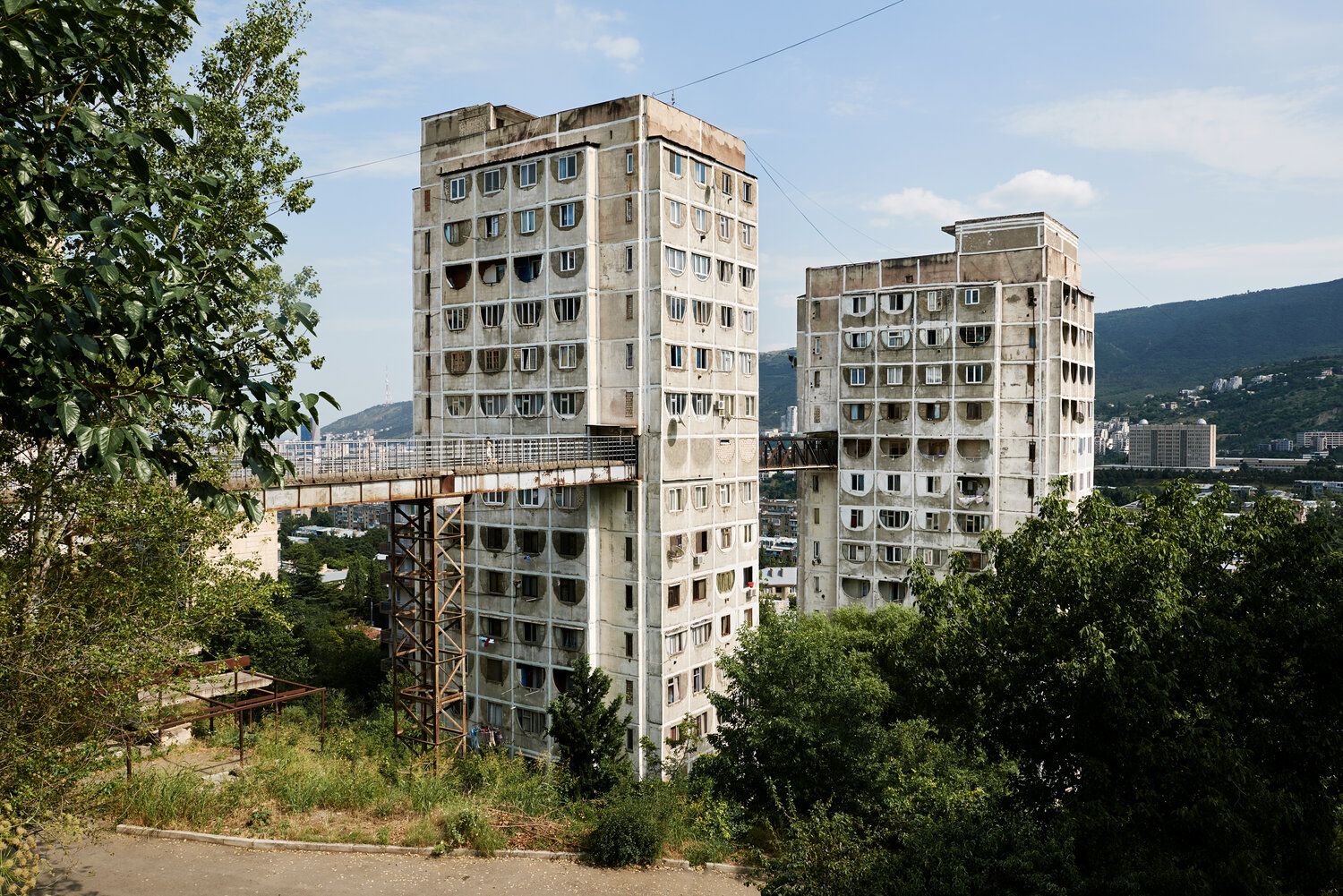


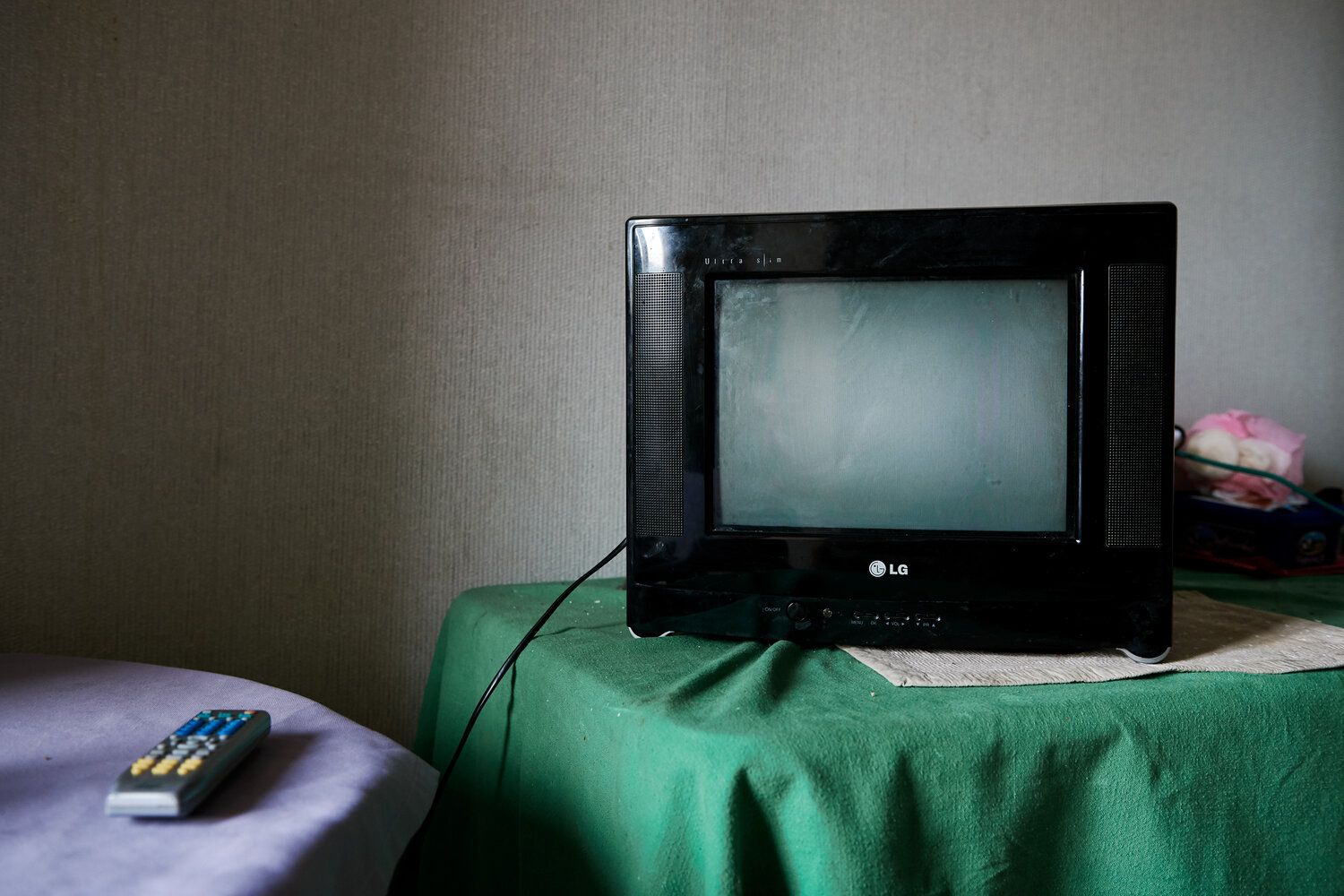


Chronicle of Georgia | Zurab Konstantines dze Tsereteli, 1985
The monument, also known as Tbilisi’s Stonehenge, is a controversial example of our selection. The reliefs on the columns tell the heroic history of Georgia and Christianity. Despite the lavish decorations, the monument is still considered a Brutalist edifice.
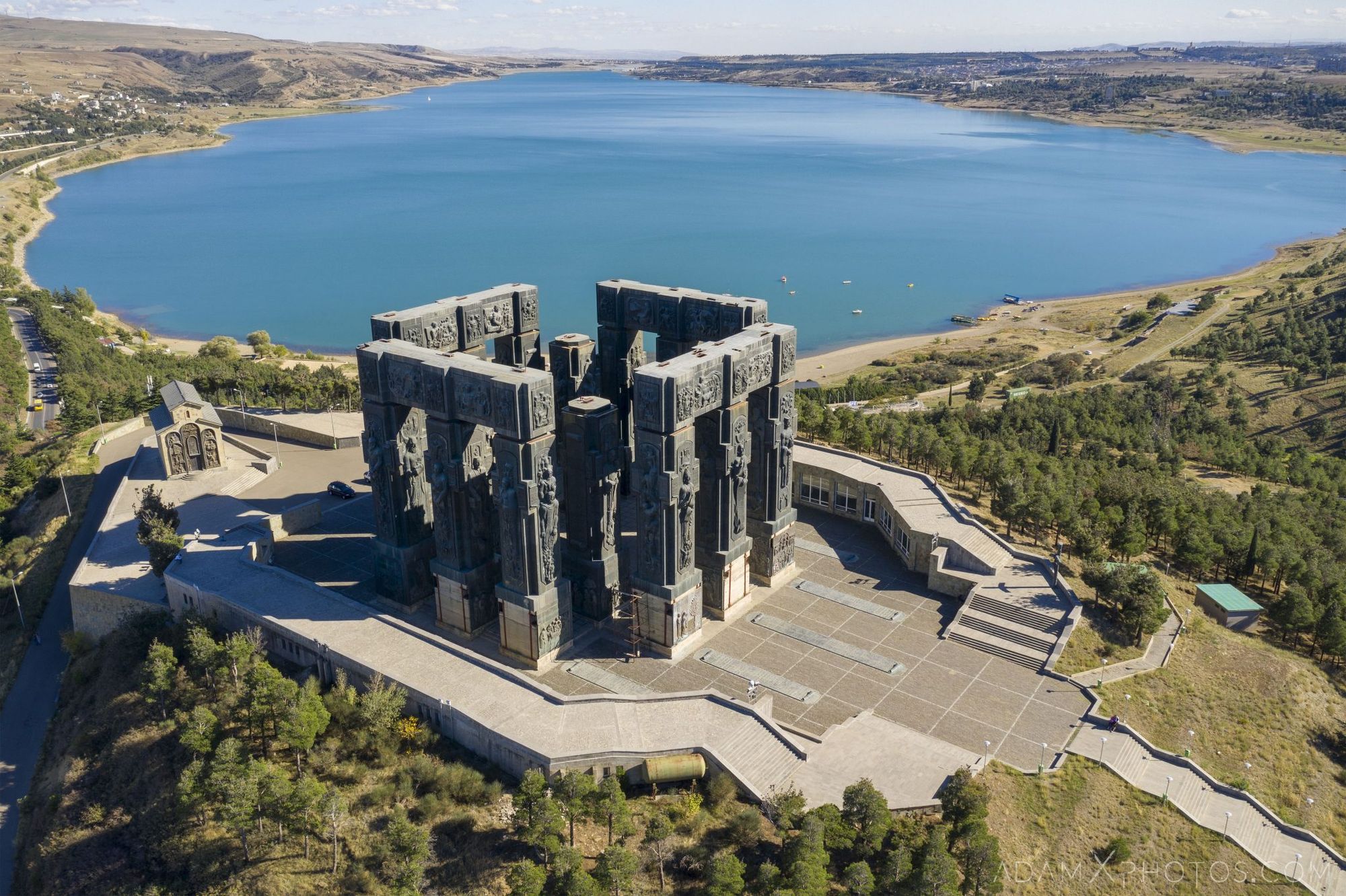

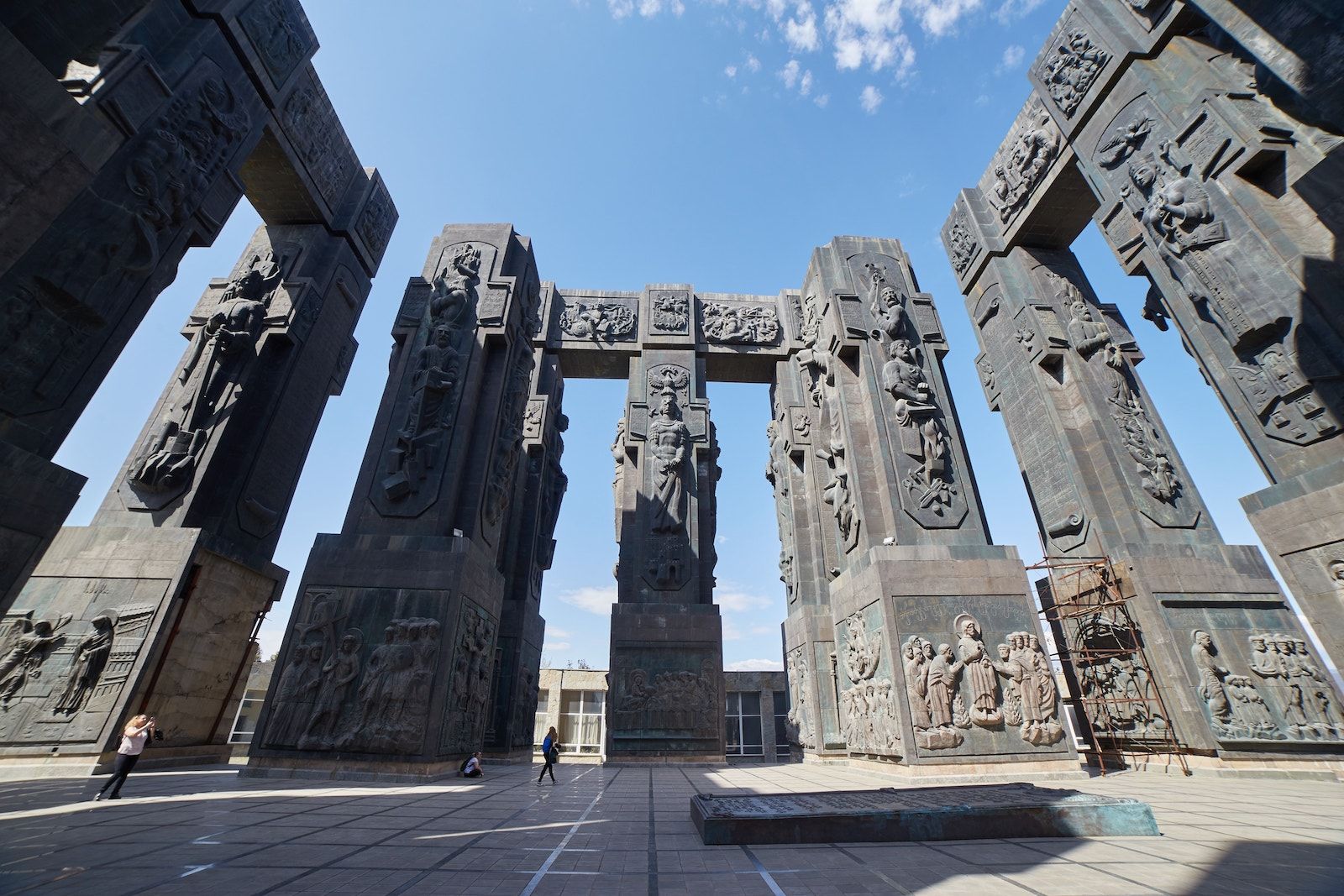
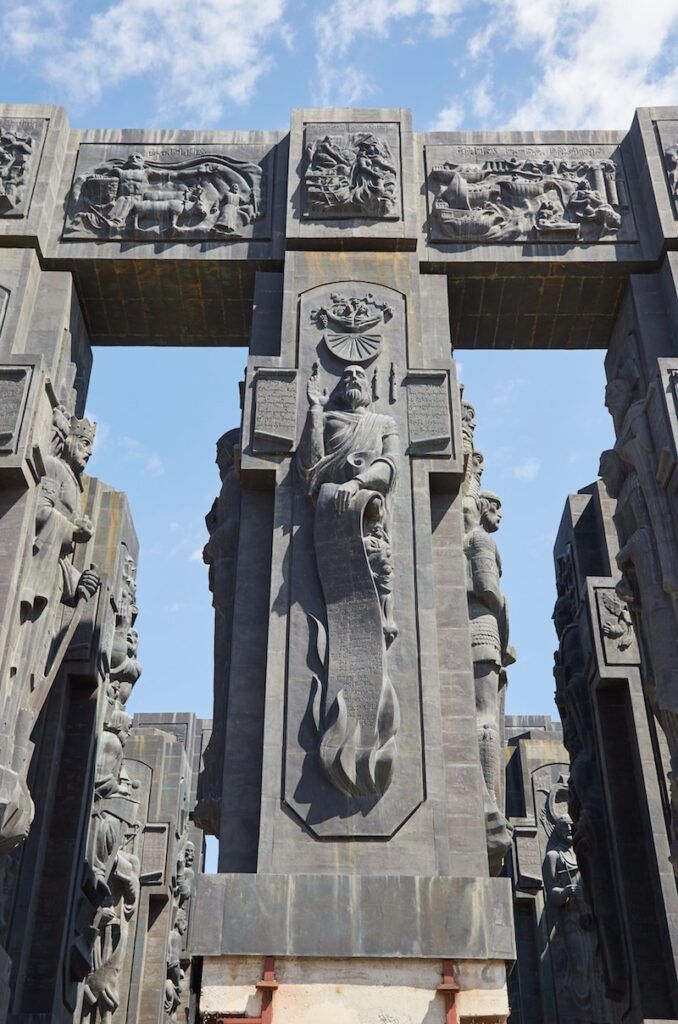
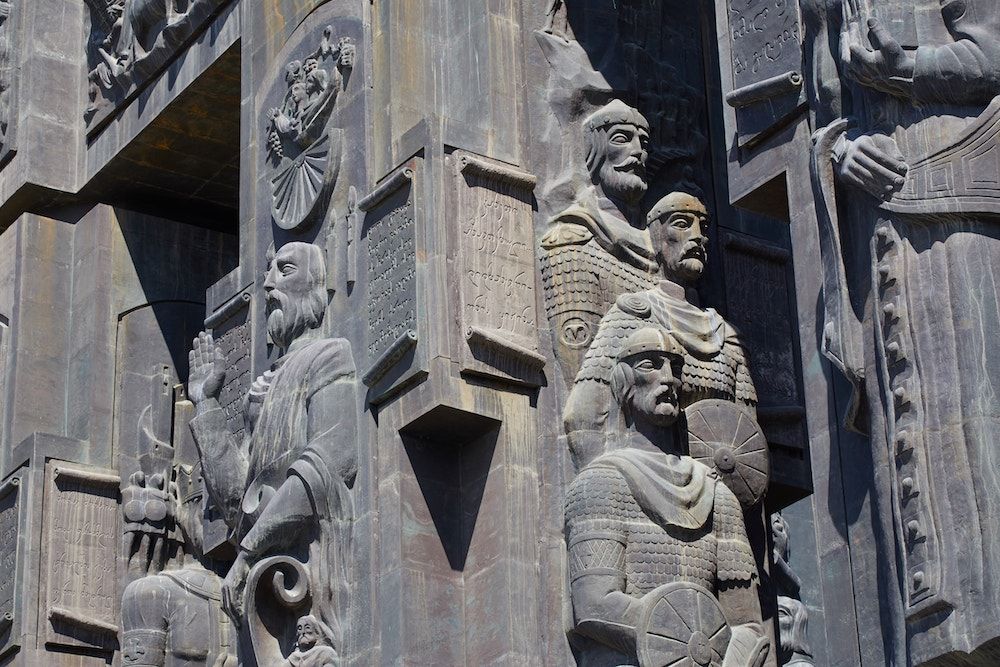
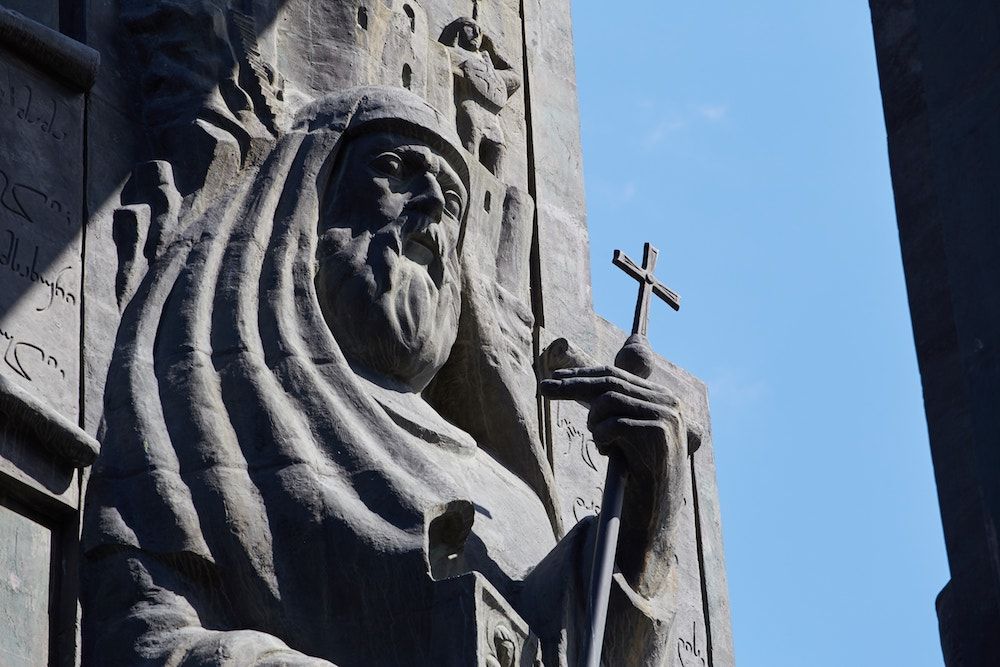
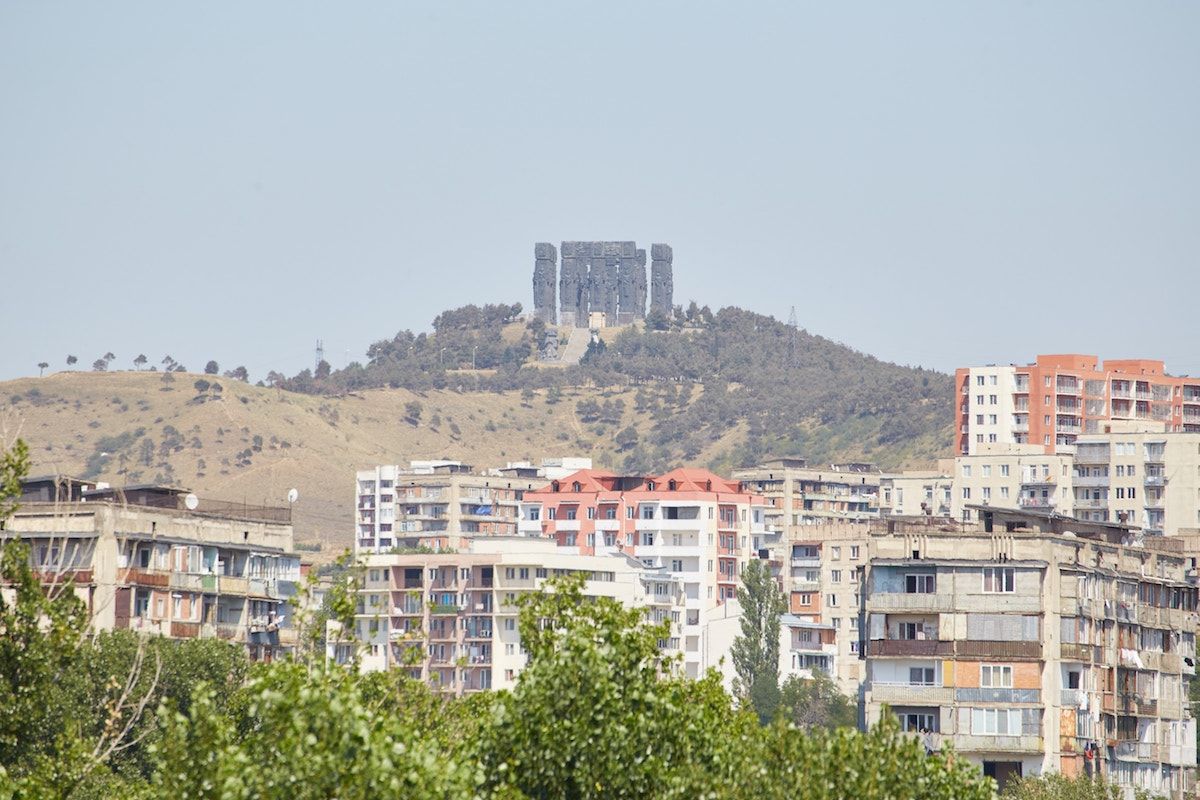
Sources: mywanderlust, comradekiev, georgianholydays, totallylost, jgf.works, calvertjournal, alexschoelcher, sailingstonetravel, adamxphotos,
Photos: Roberto Conte, Stefano Perego, Darmon Richter, Alex Schoelcher

The bliss of belonging somewhere—OHANA – The coffee family

Let us cultivate our garden! Imre Bukta exhibition in Budapest










